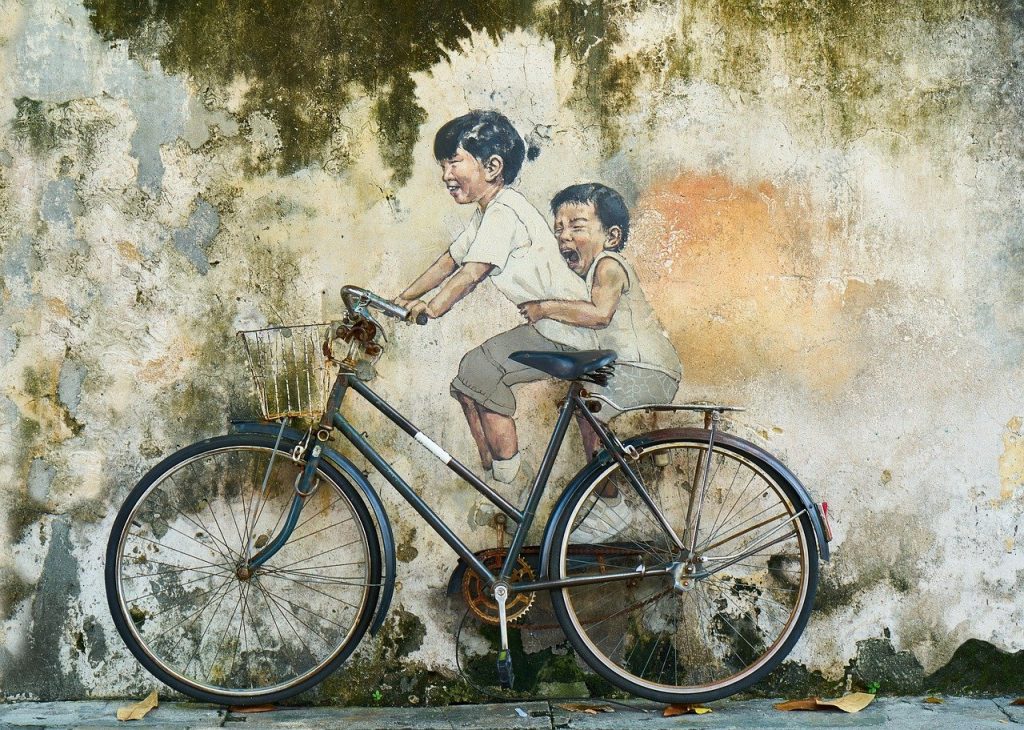Painting may be a good idea if you don’t want others to question what you’ve indeed painted. Authenticity in painting does not imply slavishly reproducing what you see. However, it’s all about utilizing your artistic license to vary the subject matter of the painting while preserving the degree of realism.
Starting as an artist using paint from Infinity Painting requires a solid foundation in painting techniques and genres. It’s all about recording your understanding of texture, color, composition, brushwork, and tone so that you may create your masterworks with confidence. As a result, this article will talk about the essential pointers for enhancing the realism of paintings.
Make Certain That the Color Values Are Correct
When it comes to making more realistic paintings, the most crucial advice to remember is to pay attention to color values. If a color is light or dark, its painting value indicates light or dark, one of the essential parts of a painting; Suppose you paint with these exact values: your picture will have a realistic aspect to it, regardless of how accurate your forms, edges, colors, and other features are in their execution.
Utilize a Variety of Edge Types, Including Soft, Lost, and Sharp
An edge transfers from one form to another in painting and edges are classified as lost, soft, or hard depending on how they transition.Using a firm edge between two forms creates a clear transition, while using soft edges creates a smooth transition by gradating the shapes relatively.
On the other hand, a lost edge is so soft and invisible; The feature is most often seen when two forms with the same hue appear closer to each other. Lost edges also provide little information on the topic shape, which is unfortunate.
Blocking In
Brushes are available in various forms with multiple fiber styles, producing an entirely distinct outcome. The trick is to experiment with each one as you paint. The most adaptable brushes are made of a synthetic blend; painters with almost any paint may use these brushes.
Brushes are available in both round and flat shapes, and it is beneficial to have a variety of both.
A variety of brushes are beneficial while working on a project; As most of the early work, more significant, flatter, and broader brushes should be used by painters.
When it comes to blocking in shape and painting, a filbert is an excellent all-purpose brush; It has a dual nature, combining features of flat and round brushes to cover both fine details and vast expanses of paint. Notably, it’s only towards the finish in the painting process should you utilize smaller brushes.
Keep Your Attention on What Is Important
Ensure to choose a few aspects of the topic that fascinate you and articulate them while painting. For example, it might be the light reflecting off the surface or any visually stunning form arrangement. Typically, there are just 1-3 aspects of a topic you are interested in learning more about. So concentrate on painting those specific items and keep the rest as simple as possible.
Always Begin With a Light First Drawing, Concentrating On the Most Prominent Shapes
As a beginner in drawing, you must first learn to see what you are drawing as a series of basic shapes and ignore all the fine details. Before considering shading and texture, you must get the proportions and locations of these various pieces right.
It’s disappointing when you spend hours working on the details by creating lovely, silky shading only to find that the proportions/locations of certain pieces are incorrect just when you step away from your designs. Ensure that the lines you draw at the beginning of your drawing are visible enough to be noticeable upon completion.
Check to See Whether the Source You’re Utilizing Is Credible
It’s critical to spend time searching for the perfect image or creating the perfect arrangement.
The reference image should be of high quality to zoom in if necessary and display a good balance of light and shade. Over or underexposing a reference photo will not produce a pleasant three-dimensional object.
If you’re new to photography, you could begin by converting your image to black-and-white or grayscale with a picture editing program like Photoshop or Gimp. Identifying highlights, shadows, and mid-tones will be a lot simpler now that you have this tool. Ensure that you can distinguish between the various values in your reference to replicate them accurately. When generating facts, don’t forget that value is more essential than color.

